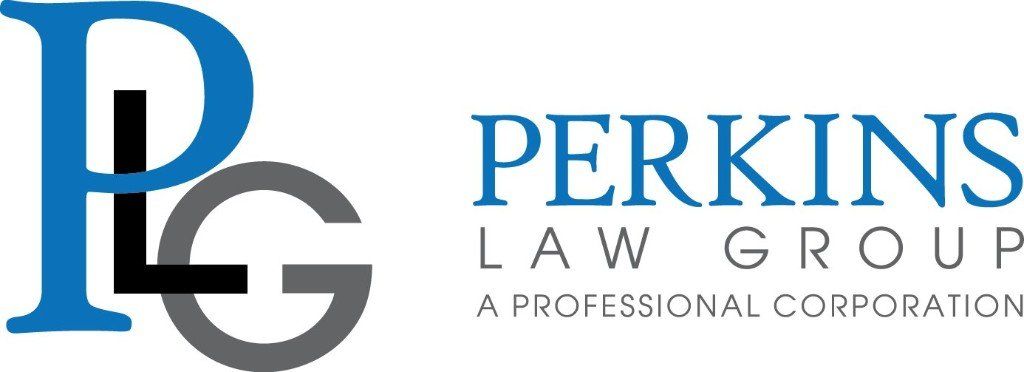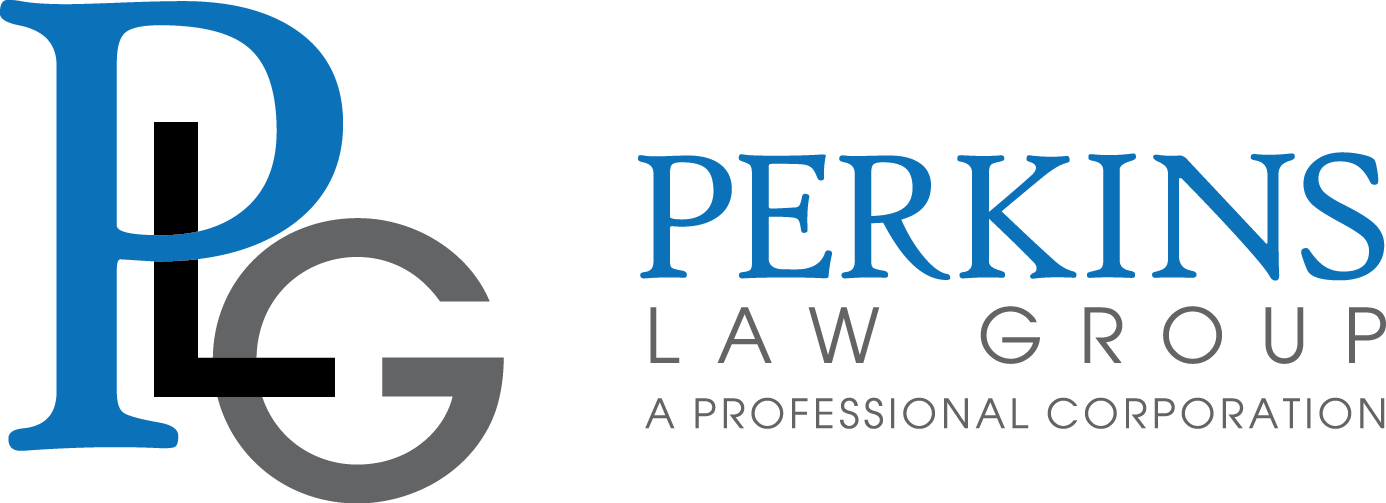Turning Business Disruption Into a Positive Experience
Stephanie Perkins • February 29, 2020
While “business disruption” used to mean a sudden, unexpected interruption to your business’s operation, like a natural catastrophe or political fallout, these days the term is shifting to incorporate issues like competitors, changes in regulation, shifts in your customer base, and more. The idea of keeping up with a business environment that is constantly changing can be stressful, no matter what industry you’re in. That’s why it’s vital to have a risk management strategy in place, and why it’s important to be able to look at any business disruption as a positive.
Finding the Upside to Disruption
Businesses are always looking for ways to grow, to have a dynamic work culture, to constantly push the edge of their fields. In doing so, they take on the knowledge that risk is a part of management, and that having plans to mitigate risk is a major building block to encouraging corporate success. In this way, a disruption can be helpful – it can highlight where your business may be lacking, allowing you to shift your priorities and perspectives to fill the gap.
For an example, you can compare companies like Netflix and Blockbuster. Netflix was an upstart that took on Blockbuster’s behemoth control of the video rental market, choosing to lower overhead costs by cutting out physical stores and mailing DVDs straight to customers before eventually creating their online viewing service. Blockbuster ignored that disruption to their market share until it was too late; by the time they tried to unveil mail-out rentals, Netflix (and, to a lesser extent, Redbox) had cornered the market. And with the upswing of online game vendors, Blockbuster could no longer depend on that rental market either.
Think what might have happened if, instead of ignoring Netflix, Blockbuster had taken the opportunity they had early in Netflix’s development and purchased the company? Instead of being pushed out of the market, they would have solidified their presence, while simultaneously gaining access to cutting-edge technology and fulfillment methods. It could have completely changed the course of their business.
In the same way, your company can see a challenger as a catalyst for positive change. With an agile risk management plan and competent risk management professionals, your business can take a more flexible view to risk management. Instead of focusing on rigid rules and scenarios, a fluid risk management response can help create a customized response to business disruption.
Taking Smart Risks
Companies that completely avoid any hint of risk are companies that stagnate. A company that can adjust to change with agility, speed, and confidence is a company that can weather the constant shifts of the market. Whether you’re a financial firm or a construction company, being a smart risk-taker can elevate your business above your competitor.
But what does it mean to take a smart risk? Smart risks don’t mean jumping into the deep end without a life vest. A smart risk could mean assessing your competitors for gaps in what they provide and jumping to fill that gap. For a small business, a smart risk could mean relying on a lean marketing budget and organic reach through blogs, social media, and networking to get the name of your business out there. It could also mean taking a hard look at the status quo for how your type of business is run and deciding if you can change or improve it.
In order to take smart risks for your company, it’s important to first assess the risks your business may already be facing. Financial, operational, regulatory, and reputational risks to your business can prevent company growth if there is no plan or structure in place to deal with them. Getting a risk assessment or working with a legal firm to ensure your documentation, hiring practices, and training are consistent with your business values and with current business law can go a long way towards alleviating the negative risks you may encounter, giving you the freedom to explore positive risk-taking opportunities that may grow your business.
The Perkins Law Group offers a variety of HR and risk management services. If you’ve decided that your business needs to take risks to grow, contact us
to learn about the full suite of courses, documentation assistance, and hiring help we can offer you.
This article is legal information and should not be seen as legal advice. You should consult with an attorney before you rely on this information. This article does not create an attorney-client relationship.

As you may know, the Families First Coronavirus Response Act (the “Act”) was passed in order to provide relief to employees that may be affected by COVID-19. Although previously set to go into effect on April 2, 2020, the Act now goes into effect on April 1, 2020, and will remain in effect until December 31, 2020, pending any further amendments or extensions. The Act is an extension of the Family Medical Leave Act (“FMLA”) and applies to all businesses with fewer than 500 employees. While the Department of Labor (“DOL”) has advised that businesses with fewer than 50 employees may qualify for an exemption from the Act’s requirements if compliance would jeopardize the viability of the business as a going concern, the DOL has not issued any direction on how small businesses might apply for the exemption. For now, the DOL has stated that any employers who wish to seek an exemption should document why their business meets the criteria and maintain such documentation – the DOL has requested that documentation not be sent to the DOL. The DOL is requiring that all covered employers, including those that may qualify for the exemption, provide a copy of the notice prepared by the DOL relating to the Act, to their employees. If workers are telecommuting, the notice can be emailed or directly mailed to employees or posted on an internal or external website for employees. The official notice can be downloaded from the DOL’s website. We have provided the link relating to notices relating to non-federal employees: https://www.dol.gov/sites/dolgov/files/WHD/posters/FFCRA_Poster_WH1422_Non-Federal.pdf While we are still waiting on clarifying guidance from DOL, here are some things we know the Act covers: Decrease in Unpaid Days: The current FMLA has a 14-day unpaid leave day minimum; the new Act decreases these unpaid days to 10. An employee is also allowed to substitute any accrued leave time, including personal and vacation time, to cover those 10 days. Revised Reasons for Paid Sick Leave: Full-time employees which fall under one of the following categories are eligible for up to 80 hours of paid sick leave: The employee is subject to a mandated quarantine; The employee has been advised to self-quarantine by a health care provider due to COVID-19 concerns; The employee has been experiencing COVID-19 symptoms and is seeking a medical diagnosis; The employee is caring for someone who is subject to a mandated quarantine or has been advised to self-quarantine; The employee is caring for a child whose school or childcare provider is closed due to COVID-19; or The employee is exhibiting symptoms of a substantially similar condition to COVID-19 as determined by the Secretary of Health and Human Services. It is important to note that employers cannot require employees to use other paid leave before qualifying for paid sick time. Nor can an employer require an employee to find a replacement for their hours. However, an employer can require the employee to follow reasonable notice procedures to ensure they continue receiving the benefit after the first workday they receive sick leave under the Act. Paid Leave Under the Act: The Act requires private employers to provide employees with 2 weeks of paid sick leave paid at the following rates: The employee’s regular rate up to a maximum of $511 per day if the employee cannot work because the employee is quarantined, and/or experiencing COVID-19 symptoms and seeking a medical diagnosis, and 2/3 of the employee’s regular rate of pay, capped at a maximum of $200 per day because the employee is unable to work because they are caring for an individual subject to quarantine, or due to caring for a child whose school or child care provider is closed due to COVID-19, and/or the employee is experiencing a substantially similar condition as specified by the Secretary of Health and Human Services, in consultation with the Secretaries of the Treasury and Labor. Under the Act, full-time employees are entitled to 2 weeks of paid leave (80 hours) and part-time employees are entitled to the average number of hours worked over a two-week period. Job Protection: Employees who have been employed for at least 30 days are entitled to up to 12 weeks of job protected leave for those employees that cannot work due to caring for a child whose school or childcare provider is closed due to COVID-19. The same reinstatement provisions apply as under the FMLA. However, some exceptions apply to employers with less than 25 employees if certain conditions are met: The job no longer exists because of economic circumstances or other conditions that affect employment caused by the public health emergency, the employer makes reasonable efforts to place the employee in an equivalent position with equivalent pay and benefits, and if these efforts fail, the employer makes reasonable efforts to contact the employee about equivalent positions for 1 year following the COVID-19 emergency or at the conclusion of the 12 week leave period, whichever is earlier.

Whether you’re a manager at a small business or the CEO of a large firm, chances are you’ve either shifted to working remotely or are making the preparations to do so in the wake of the World Health Organization’s announcement that the coronavirus is officially a pandemic. It’s likely that this is the first time you’re having to consider implementing work-from-home regulations on a large scale, and it’s equally likely that this will be the first time many of your employees will be working remotely. So what does this transition mean for you? It means that both you and your employees are going to need to make a swift adjustment to remote work. It also means that how you make the adjustment is key. To help your employees stay on task and delivering results, here are some tips for switching to working from home.

Whether you’re a business owner or an employee, you’ve likely heard of California Assembly Bill 51. This bill, approved by the governor October 10, 2019 and deemed effective on January 1, 2020, was written to address the perceived abuse of arbitration agreements in employment contracts. Specifically, AB51 was intended to combat allegations of workplace harassment and assault from being dealt with in private arbitration as opposed to being brought forward into public court proceedings. The concern is this alternative forum, which is confidential and not a matter of public record, allows employers to sweep some of the “ugliness” under the rug, regardless of the outcome. However, several business groups, including the California Chamber of Commerce, have raised “serious questions” about this measure, both regarding its legality and its effectiveness. So, what does this bill say? And what are the issues being raised? How will they potentially impact you as a business owner or employee?

As of July 5, 2019, Perkins Law Group (“PLG”) is approved to teach the California Board of Accountancy Regulatory Review Training. All California licensees are required to take this training. This innovative course includes a review of the California Accountancy Act and California Board of Accountancy Regulations. We’ll discuss how these regulations govern the practice of public accountancy in California and review both recent and historic disciplinary actions taken by the California Board of Accountancy (the “Board”). This ensures licensees understand all regulations and the reasons they may be disciplined by the Board. Besides the California Board of Accountancy Regulatory Review Training, PLG is pleased to announce a second course offered in combination: Ethics and Decision-Making in Today’s Accountancy Practice. This engaging, dynamic course is led by our knowledgeable team and covers various ethical theories and their practical applications. Using case studies and real-world examples, CPAs will study contemporary accounting and business ethics, including suggested methods for approaching ethical dilemmas. We’ll also discuss AICPA ethical pronouncements and rulings and PCAOB guidance.




